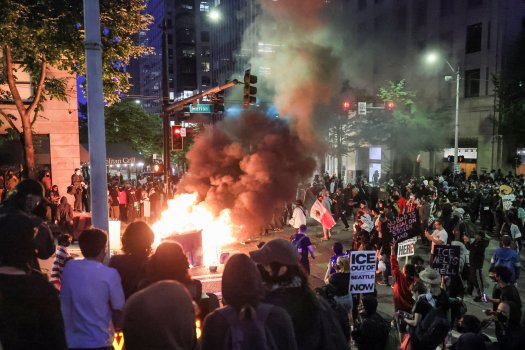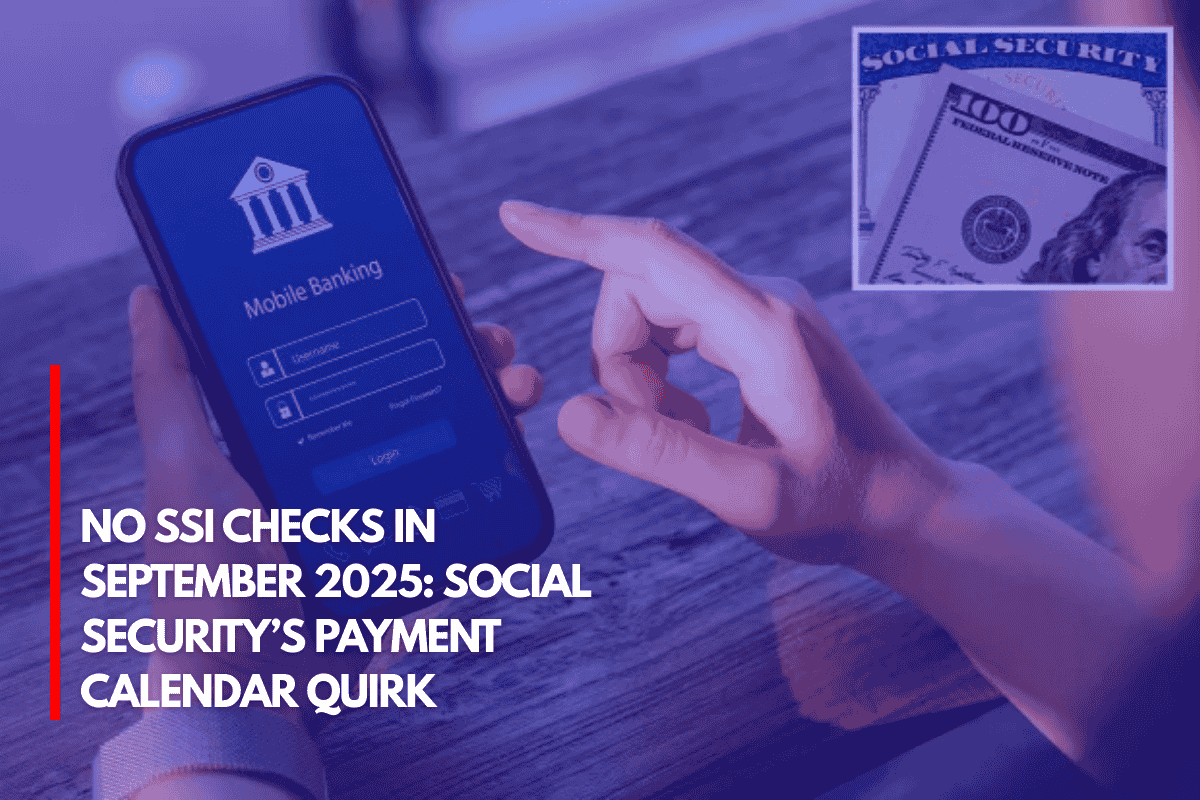Protests are erupting in Los Angeles and other cities, with streets filled with demonstrators clashing with police, National Guard troops and Marines deployed under a presidential order.
Scenes of civil unrest, from property damage and looting to tense standoffs clouded in tear gas, have dominated headlines, fueling a sense of chaos and uncertainty. There’s a deeper anxiety: that law and order in America remains fragile, even as crime statistics indicate steady declines.
Homicides are down 20% nationwide, and places like Baltimore, Detroit, New York and Philadelphia are reporting their lowest murder counts in decades. The White House and city leaders are right to note this progress.
However, the reality on the ground is far more complicated.
For all the celebration about plunging murder rates, communities continue to be shaken by criminal incidents that shatter the sense of safety. In recent weeks, shootings in Chicago, Las Vegas and Myrtle Beach, S.C., have left dozens injured and several dead.
Scenes of violence — targeted or random — are making headlines with alarming regularity. These events, although statistically less common than nonviolent crime, have an outsize effect on public perception and community well-being.
Official crime numbers do not tell the whole story. Half of all violent crimes and two-thirds of property crimes are never reported to police. According to the Bureau of Justice Statistics, in 2023, only 44.7% of violent crimes and 29.9% of property crimes were reported to law enforcement. Many victims remain silent out of fear, distrust or the belief that reporting won’t help.
Even when crimes are reported, police often struggle to solve them. National clearance rates for murder and violent crime remain historically low. In 2023, less than 51% of homicides and 41% of crimes against persons cases were cleared.
The dangers faced by law enforcement are also a sobering reminder of the stakes. In the past month, at least seven police officers have been killed in the line of duty, including fatal shootings in Apache Junction, Ariz., Bloomfield, N.M., Chicago and elsewhere. Each of these tragedies reverberates through their departments and communities, amplifying the sense of vulnerability and loss.
A major driver of these problems is the recruitment and retention crisis in law enforcement. Departments nationwide are losing officers faster than they can hire, with many agencies shrinking by 10% or more in recent years. The New York Police Department continues to lose a few hundred officers monthly, while cities like New Orleans and Minneapolis are operating with forces significantly smaller than they were a decade ago. This “thinning blue line” leads to fewer patrols, slower response times and overburdened detectives.
Law and order in America is not perfectly restored just because crime rates are falling. As long as violence continues to shake communities, the problem remains urgent.
Jillian Snider is a resident senior fellow on the criminal justice and civil liberties team at the R Street Institute and a lecturer at John Jay College of Criminal Justice./InsideSources











